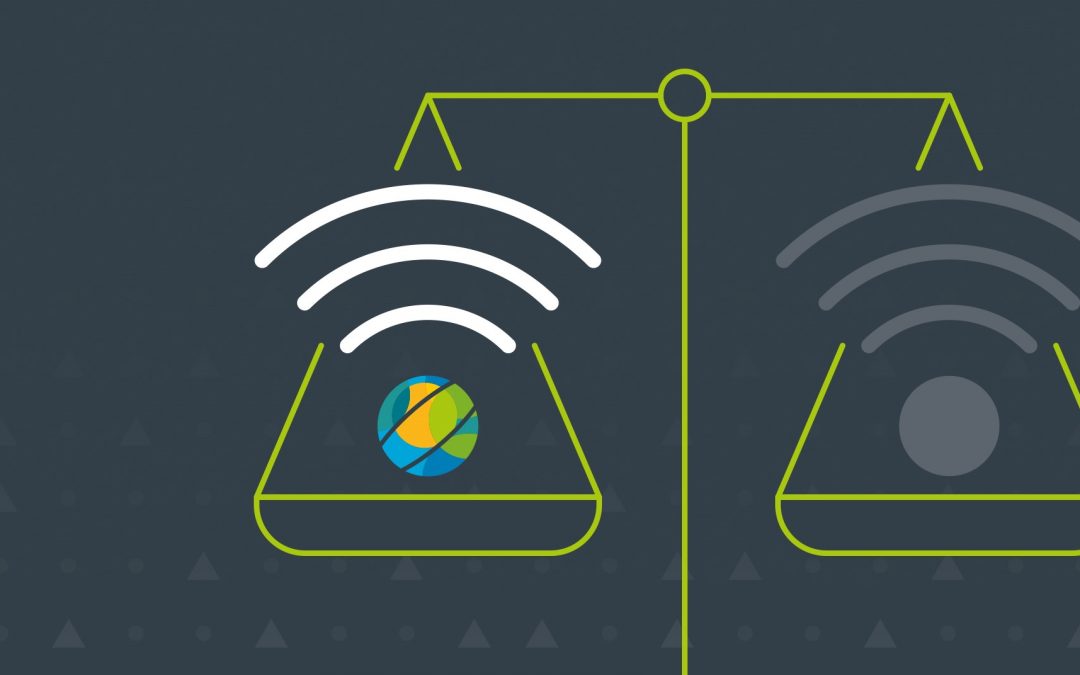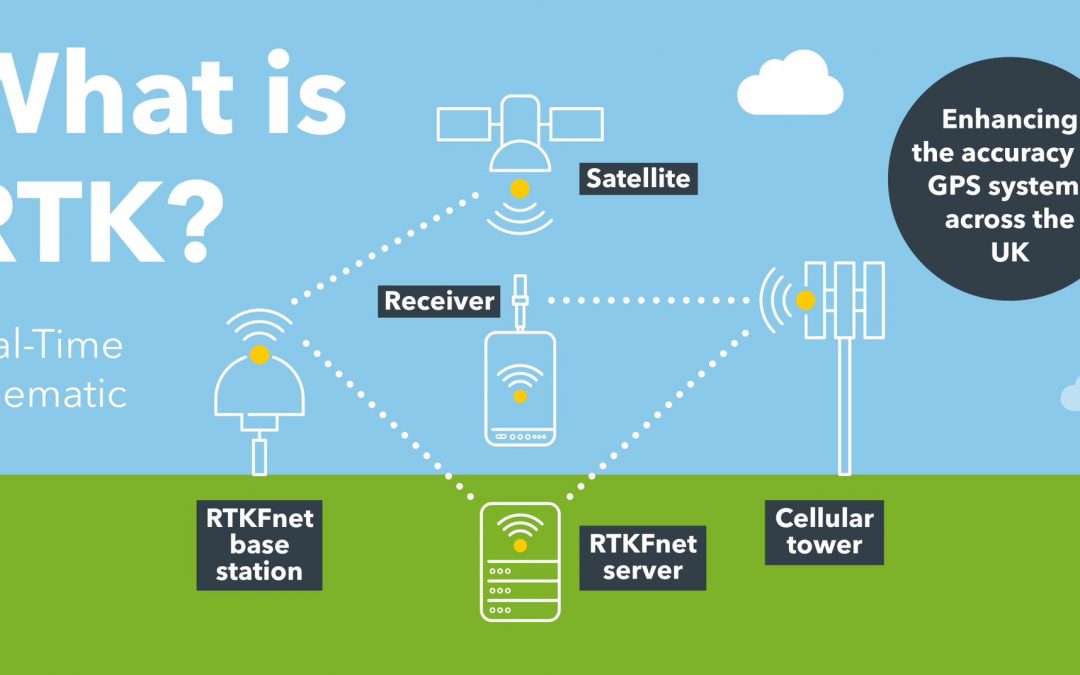



by George Emms | Jun 14, 2024 | Uncategorised
In today’s high-precision world, Real-Time Kinematic (RTK) signals are indispensable for applications requiring pinpoint accuracy. Whether you’re involved in agriculture, surveying, construction, or autonomous navigation, choosing the right RTK...
by George Emms | Jun 14, 2024 | Uncategorised
Precision positioning has become a cornerstone in various industries, from agriculture and construction to autonomous vehicles and surveying. At the heart of this precision lies Real-Time Kinematic (RTK) signals, a technological marvel that elevates accuracy...Let's dive a bit deeper into how Real-Time Kinematic (RTK) GPS technology works:
Base Station Setup: To use RTK, you need two important components: the base station and the rover (your GPS device). The base station is set up at a known, fixed location with very precise coordinates. This location is carefully surveyed and its coordinates are accurately measured. The base station is typically placed on a tripod or a permanent secure mount.
Rover (Your GPS Device): This is the device you carry or install on a vehicle. It communicates with both the GPS satellites in the sky and the base station on the ground. The rover and the base station have a radio link to exchange data.
GPS Signals from Satellites: Both the base station and the rover receive signals from the same GPS satellites orbiting the Earth. These signals contain information about the satellite's location and the time the signal was transmitted.
Error Correction: The base station calculates its precise position using the known coordinates. Simultaneously, it also calculates the errors in the GPS signals it receives. These errors can be caused by factors like atmospheric interference or signal delays. The base station then sends correction data to the rover in real-time, typically via radio or cellular signal.
Rover's Position Calculation: The rover receives the corrected data from the base station. It then uses this data to adjust its own calculations. By comparing the corrected data from the base station with the raw GPS signals it receives from the satellites, the rover can determine its precise position with much higher accuracy.
Centimetre-Level Accuracy: Thanks to the correction data from the base station, RTK can achieve extremely high accuracy, often down to a couple of centimetres or even less. This level of precision is essential for applications where exact positioning is crucial, such as surveying land boundaries, guiding tractors for precision agriculture, ensuring construction projects are on target, or helping autonomous vehicles navigate safely.
Real-Time Updates: The "real-time" part of RTK means that the correction data is continuously updated and sent to the rover as it moves. This ensures that the rover always has the most accurate information, even if it's on the go.
In summary, RTK GPS is a technology that uses a base station with a known precise location to correct the GPS signals received by a rover, allowing for highly accurate and real-time positioning. It's a powerful tool used in various industries where centimetre-level accuracy is essential for tasks like mapping, navigation, and monitoring.
RTK stands for Real-Time Kinematic, and it's a technology used in navigation and surveying to determine precise positions on the Earth's surface. A super-accurate GPS system.
Here's how it works:
Regular GPS: When you use your phone or a standard GPS device, it connects to satellites in space. These satellites send signals to your device, and it uses the information from multiple satellites to figure out where you are. However, this method isn't super precise; it can be accurate within a few meters, but not centimetres.
RTK GPS: RTK takes GPS accuracy to the next level. It still uses signals from satellites, but it does something extra. It adds another piece of equipment called a "base station" with a known, very precise location. This base station communicates with your GPS device. It sends correction data to your device in real-time.
The GPS device on the ground receives signals from satellites just like regular GPS.
The base station also receives signals from the same satellites.
The base station knows its exact position because it's carefully placed and calibrated.
The base station compares its known position with the position it calculates from the satellite signals.
Any differences between the known position and the calculated position are errors.
The base station sends these error corrections to your GPS device.
Your GPS device then applies these corrections to its calculations. This makes your GPS location super accurate, often down to just a centimetre.
RTK is incredibly useful in activities like precise land surveying, farming, construction, drone flight, and even self-driving cars. It helps these applications know their exact location in real time, and navigate with incredible accuracy. Fantastic, isn’t it?!
